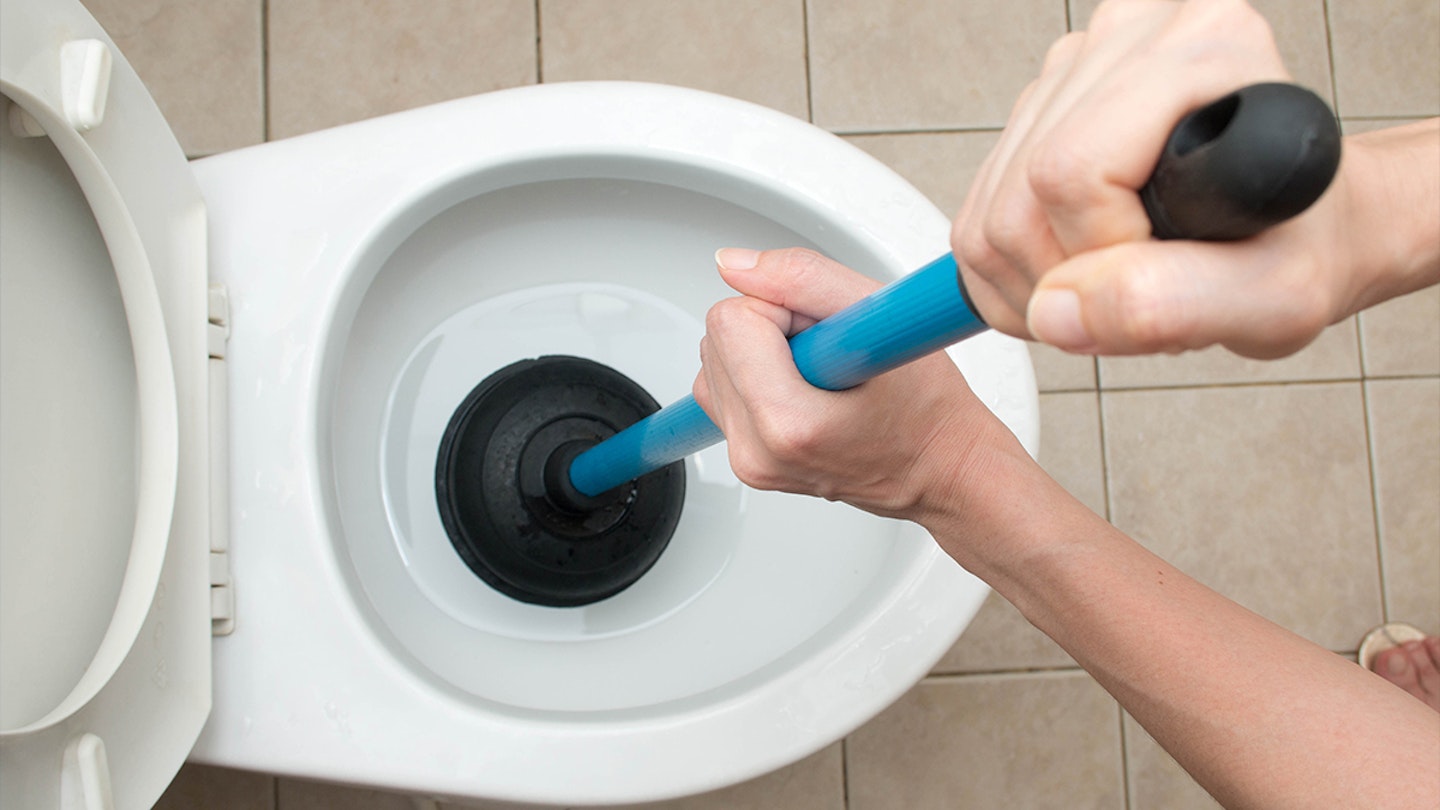
Master the Plunge: DIY Tips for Effective Plunger Use
Unclogging a drain with a plunger is a basic yet essential skill every homeowner should possess. In this guide, we’ll delve into the art of using a plunger effectively, providing you with DIY tips to tackle common drain issues and keep your plumbing in top shape.
Choosing the Right Plunger for the Job
Not all plungers are created equal, and selecting the right one for the job is crucial. For sink and bathtub drains, a cup plunger with a flat bottom is ideal. Toilet drains, on the other hand, require a flange plunger with an extended rubber flap to create a tight seal. Ensure you have the appropriate plunger for the specific drain you’re dealing with.
Creating a Proper Seal
A successful plunge relies on creating a tight seal between the plunger and the drain opening. For sinks and bathtubs, run enough water to cover the cup of the plunger. For toilets, ensure there’s enough water to submerge the rubber flap. Position the plunger over the drain, centering it for maximum effectiveness. The key is to create a vacuum seal that allows for effective plunging.
Using Proper Plunging Technique
The technique for using a plunger effectively involves a rhythmic and controlled motion. For sinks and bathtubs, use short and sharp plunges, keeping the plunger upright. For toilets, use a more forceful and downward motion, again maintaining the plunger’s upright position. Be consistent with your plunging rhythm, and avoid erratic movements that can break the seal.
Patience and Persistence
Plunging may not yield immediate results, especially for stubborn clogs. Exercise patience and persist in your efforts. It may take several plunging attempts to break through the blockage. If you’re dealing with a particularly tough clog, alternating between plunging and using a drain snake can be an effective combination.
Knowing When to Seek Professional Help
While plungers are excellent tools for addressing minor clogs, there are instances where professional assistance is necessary. If your plunging efforts prove futile, it may indicate a more severe blockage or underlying plumbing issues. Knowing when to call a professional plumber can save you time and prevent potential damage to your plumbing system.
Preventive Measures for Future Clogs
Effective plunger use goes hand in hand with preventive measures to avoid future clogs. Consider installing drain screens to catch hair and debris, regularly flush drains with hot water, and avoid pouring grease or large food particles down kitchen drains. These proactive steps can minimize the need for plunging and keep your drains flowing smoothly.
Maintaining and Cleaning Your Plunger
To ensure your plunger remains effective, it’s essential to clean and maintain it regularly. After each use, rinse the plunger thoroughly to remove any residue. Periodically disinfect the plunger by soaking it in a solution of water and bleach. Store the plunger in a dry and well-ventilated area to prevent the growth of mold or mildew.
Handling Different Types of Drains
Different drains pose unique challenges, and understanding how to use a plunger effectively for each type is crucial. Sink and bathtub drains often respond well to plunging, while toilet drains may require more force. Be attentive to the specific characteristics of each drain and adjust your plunging technique accordingly.
DIY Solutions for Stubborn Clogs
For particularly stubborn clogs that resist traditional plunging, DIY solutions can come to the rescue. Baking soda and vinegar, a classic combination, can help break down organic matter. Pour a cup of baking soda followed by a cup of vinegar into the drain, let it sit for a while, and then flush with hot water. This can be a helpful supplementary step to enhance your plunging efforts.
Conclusion: Empower Yourself with Plunging Know-How
Mastering the art of using a plunger effectively empowers you to tackle common plumbing issues on your own. By choosing the right plunger, creating a proper seal, using the correct technique, and being persistent, you can maintain a functional and clog-free plumbing system in your home.
For more detailed guidance on using a plunger effectively, visit mimimises.org for expert tips and additional DIY plumbing resources.
